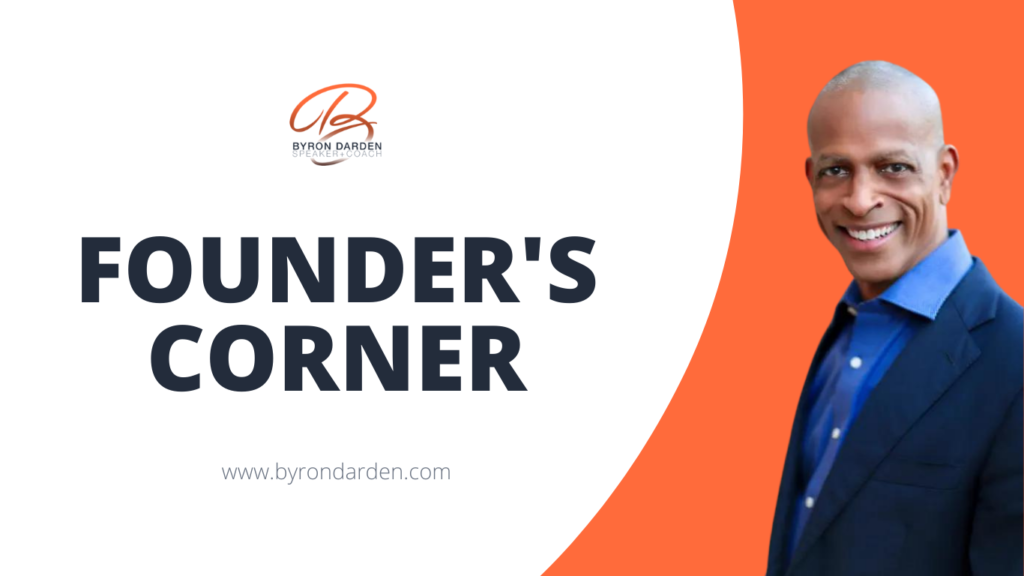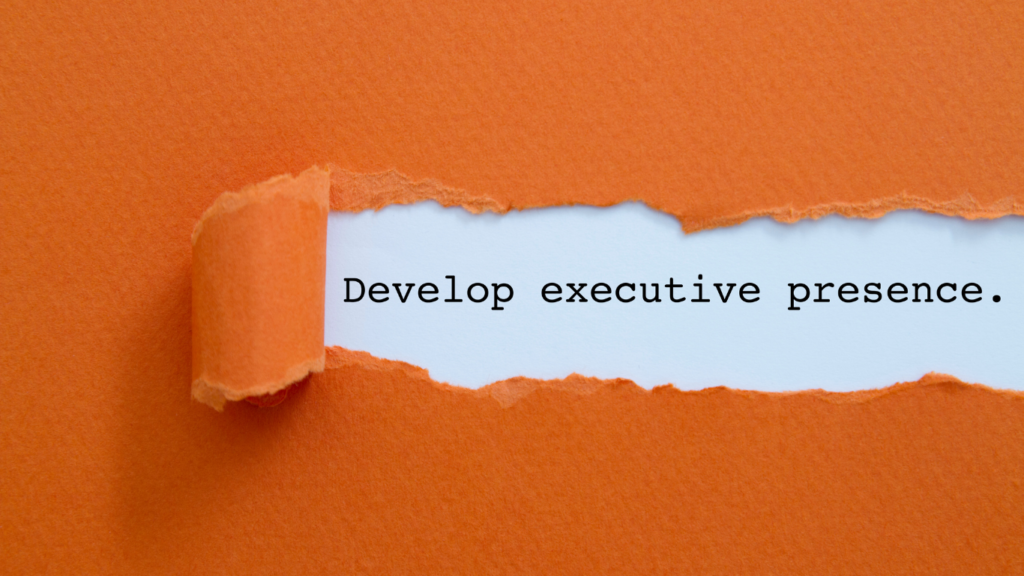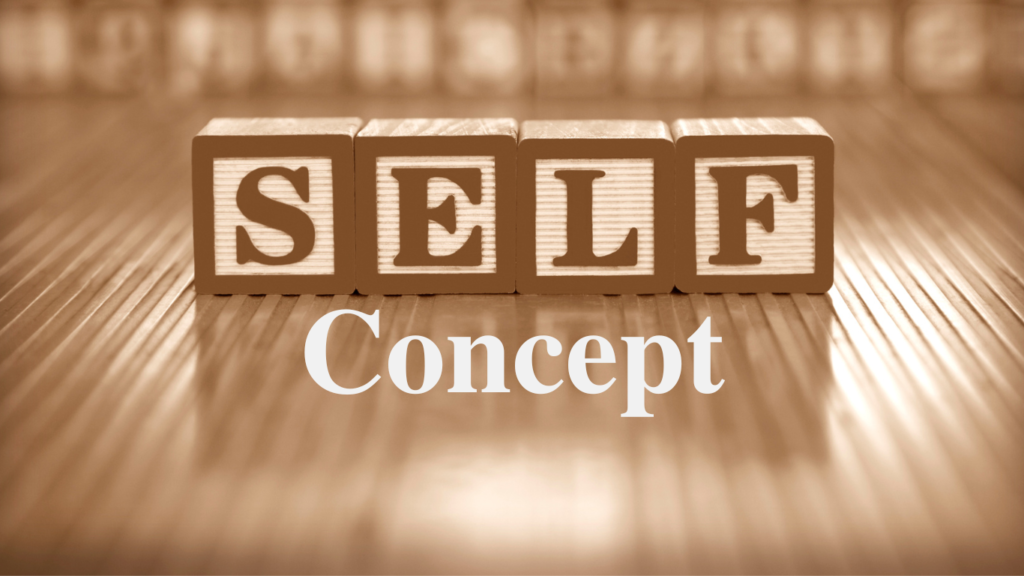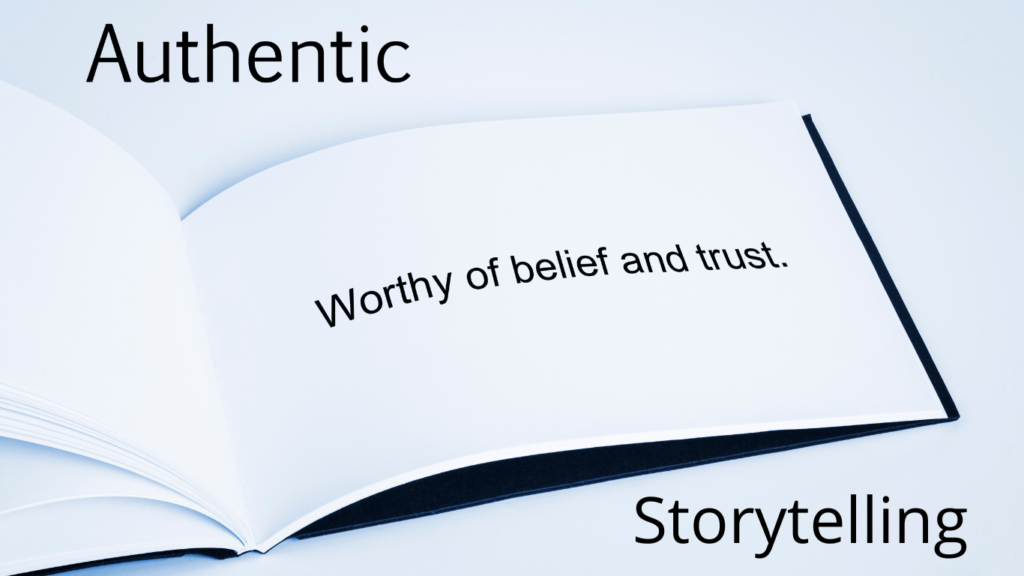
How present you are as a leader is determined by how well you’ve developed your ability to be in the here and now. Rather than being focused on an upsetting call earlier or thinking about a meeting with a senior leader later, your ability and commitment to be in the moment and prepared for whatever it presents to you is key to your leadership.
For two decades I’ve worked with all levels of leaders in countless industries. What they all have in common is the challenge to remain in the present moment. It can be as taxing to do this as it is for an athlete to achieve Olympic levels in their sport. In both cases it takes practice, commitment to the work and training to achieve success.
One of the beautiful aspects of developing one’s ability to be present is your willingness to let go of the idea that you were bad when you were not present in a particular situation. Or that you were wrong to miss a comment or detail that got past you when a distraction led you elsewhere. What is essential to remember when developing your muscles around being present is to have compassion for yourself. In fact, the idea is to kindly and without judgement, simply return to the present moment. That is where the magic is! It is literally in recognizing when you are not present and taking action to return to the here and now.
This was one of the most powerful lessons I learned throughout my sixteen year journey through mindfulness meditation. It started a few years after I began working with corporate and non profit leaders. My practice strengthened over the years. Then when COVID struck, I depended on mediation to keep me grounded. It was not my strong suit. So I deepened my practice that much more.
Then I leaned, that is the case for nearly anyone I speak to about their meditation. That is why it is called a practice. We can always improve with practice. Meditation is a life long journey of strengthening the mind for the many uses for which it provides a great value. To anyone who wants to live more fully in their lives as a person, as a leader and as one whose presence can be felt before, during and after they’ve entered a room, join me for a preview of what is possible to gain as a leader with Mindful Meditation. Click the button below and enjoy a meditation session as my gift to you!









